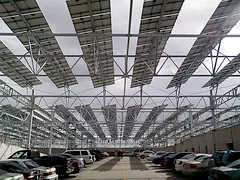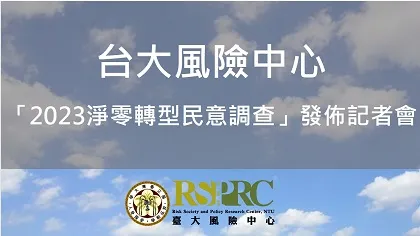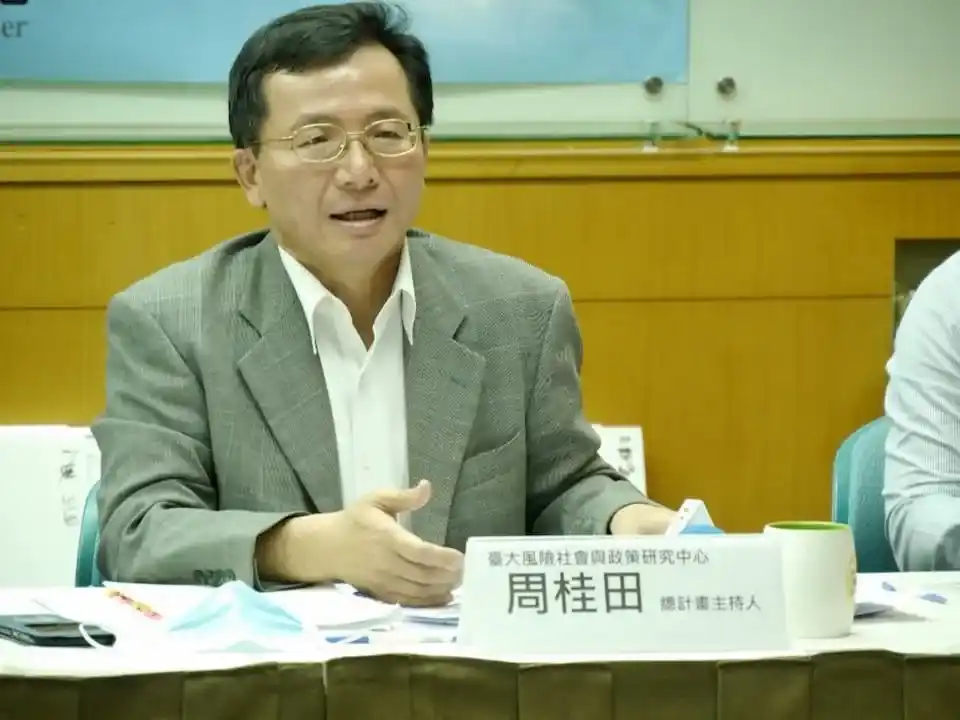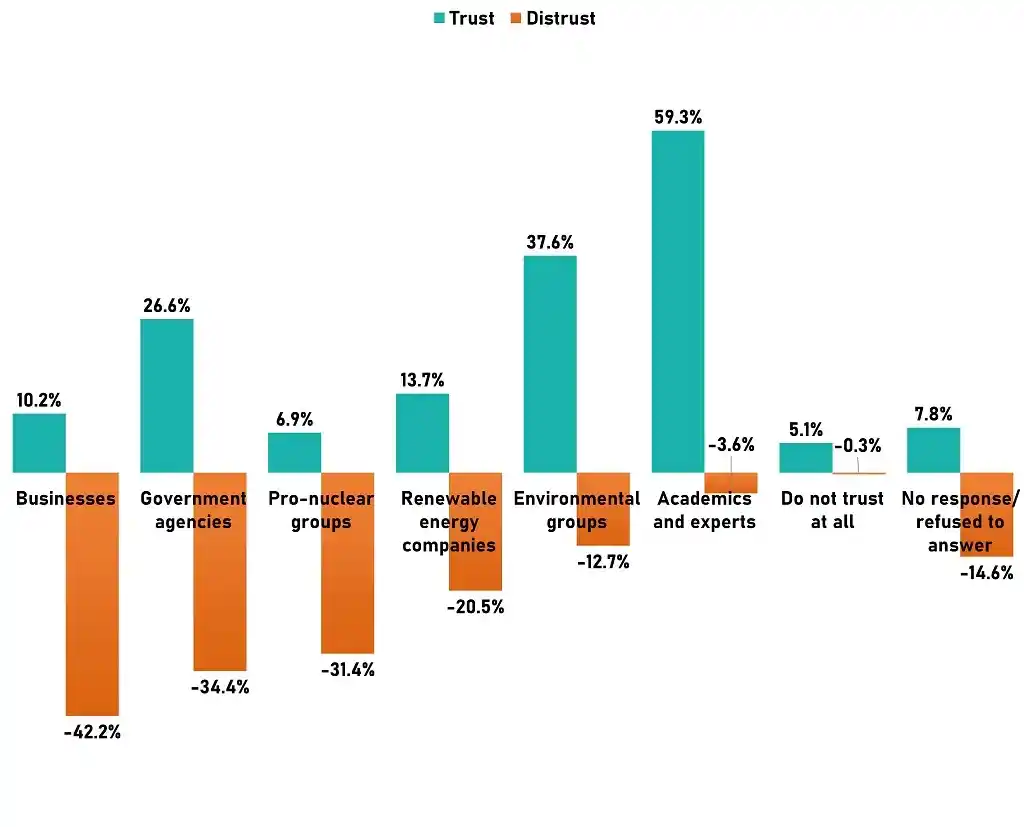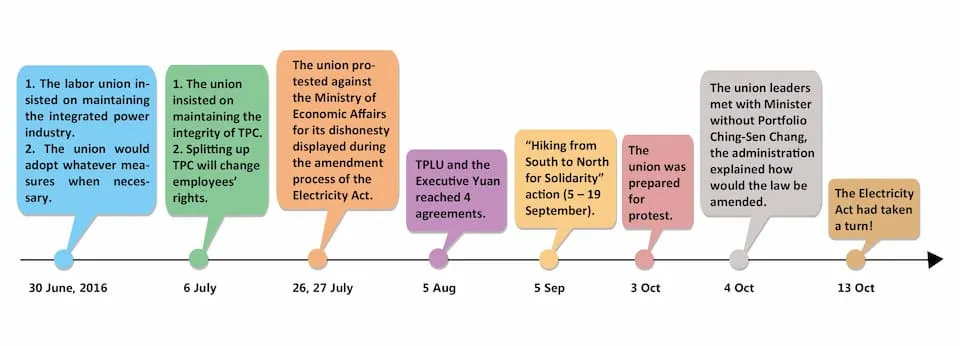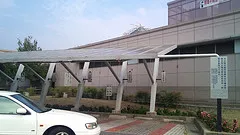In the first part of this series, it was mentioned that the measures to reduce carbon emission in the petrochemical industry can be summarized in an acronym SCUR which represents 4 words: Save, Capture, Utilization, and Renewable/Recycle. The first two articles in this series introduce Carbon Capture and Storage (CCS) and energy saving. In this article the Utilization (CCU) part is discussed. The objective is to introduce a variety of ways carbon dioxide could be used to reduce carbon emission.
Environmental issues in climate change, depletion of natural resources and energy crisis have posed great challenges on sustaining human beings. Many countries have come to realized that technology alone is not sufficient in dealing with the environmental problems
Over the years, the Risk Society and Policy Research Center, National Taiwan University (hereinafter referred to as RSPRC) has consistently conducted public opinion surveys on climate- and energy-related matters.
Taiwan's President, Dr. Tsai Ing-wen, was inaugurated last month for her second term, after overseeing an effective COVID-19 response. She took her second term in office on her highest approval rating ever – of 74.5%, in a survey conducted by the Taiwan Brain Trust.
Energy transition ranks among the top three long-term priorities that Taiwan's government should be focused on, a new survey by the National Taiwan University's Risk Society and Policy Research Center (RSPRC) has found. RSPRC held a press conference on Wednesday (May 13, 2020), where it shared its findings.
On 20 October 2016, the Executive Yuan proposed the draft amendment of Electricity Act which had taken a major turn in comparison to the version of the Bureau of Energy (2016).
The Tōhoku earthquake and the following nuclear power plant crisis in Japan in 2011 had led to the rethinking of energy policy around the world...


